10 Ways The Evolution Of Cameras Mirrors Cultural Changes
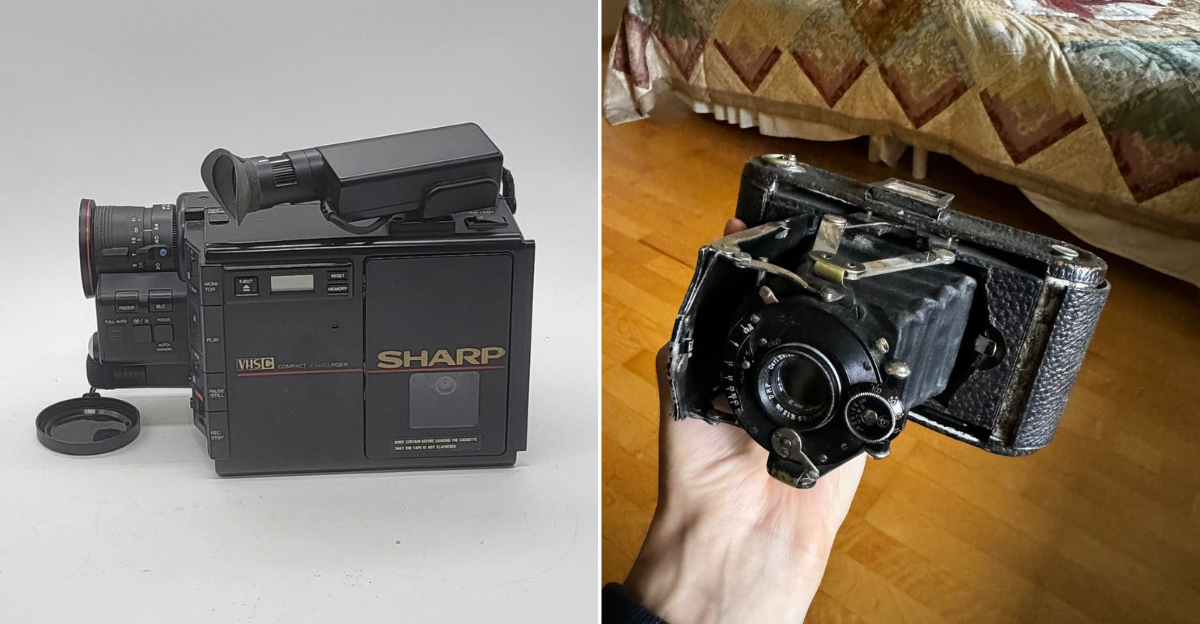
I still remember flipping through an old family photo album, the faded Polaroids capturing moments that felt both distant and familiar.
My parents’ wedding, my grandfather’s first car—each image a frozen slice of time, shaped not just by the camera that took it but by the era itself.
From bulky box cameras to sleek smartphones, the way we capture memories has evolved alongside our culture, reflecting shifting trends, values, and even how we see ourselves.
The evolution of cameras isn’t just about technology. It’s a snapshot of how society itself has changed, one click at a time.
1. 1900s: The Box Camera Revolution
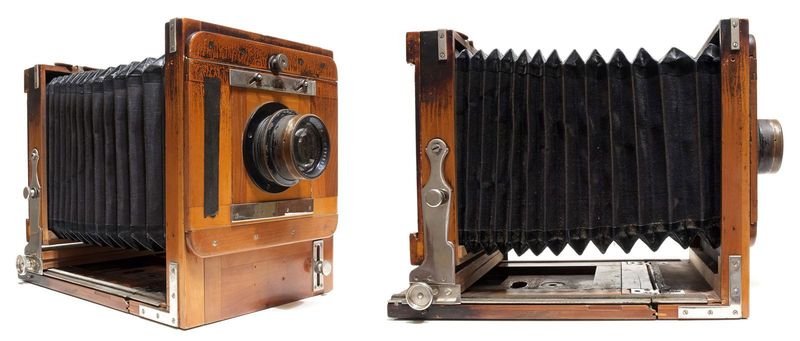
Picture this: the 1900s, a time when cameras were boxy and people were ecstatic about capturing their first blurry photographs.
The box camera was a marvel, allowing the average Joe to snap moments without needing a degree in photography.
It mirrored a cultural shift towards democratizing art, breaking barriers and making photography accessible to the masses.
In a world of black and white, the box camera painted society’s portrait, albeit in grayscale. It was a revolutionary step forward that made picture-taking a family affair.
2. 1920s: The Rise of the Compact Camera
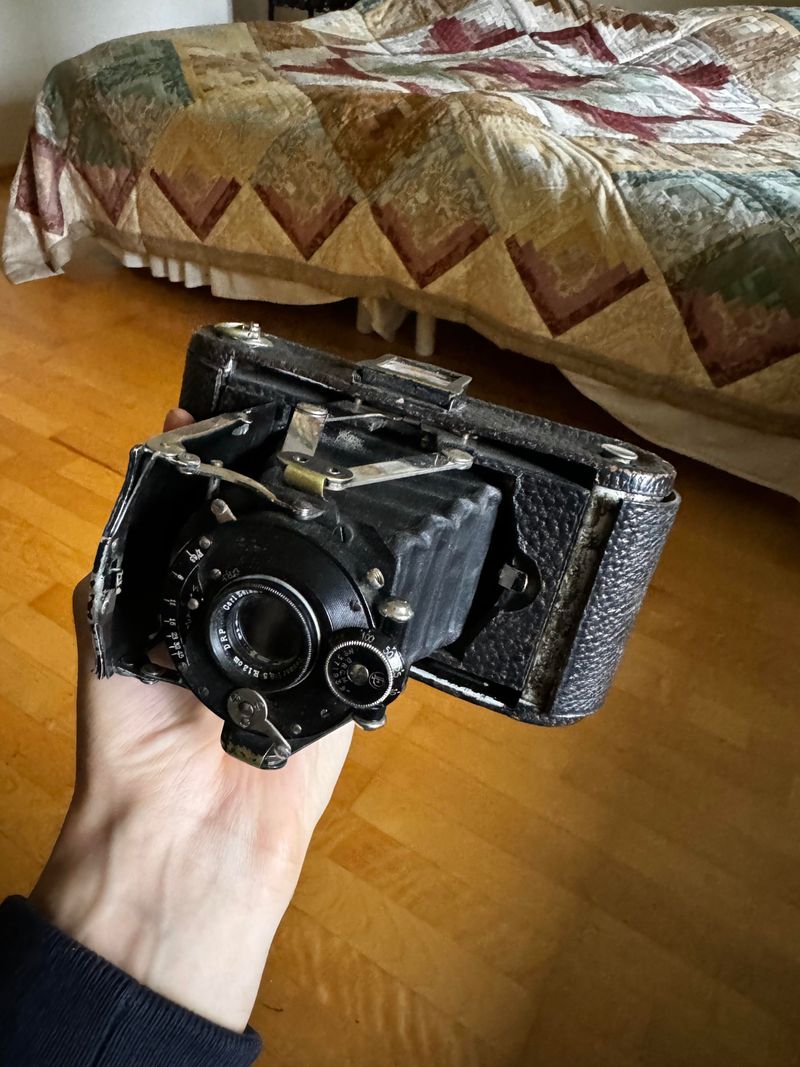
Flash forward to the roaring 20s, where compact cameras became the bee’s knees. These portable wonders aligned with a culture that was fast-paced and full of jazz.
Society was embracing mobility and modernity, and cameras shrank in size to keep up. They were a perfect fit for the roaring parties and speakeasy soirees, capturing moments of exuberance and rebellion.
Compact cameras meant you could now carry your memories in your pocket, just like a flask of giggle water.
3. 1930s: Color Film and the Great Depression
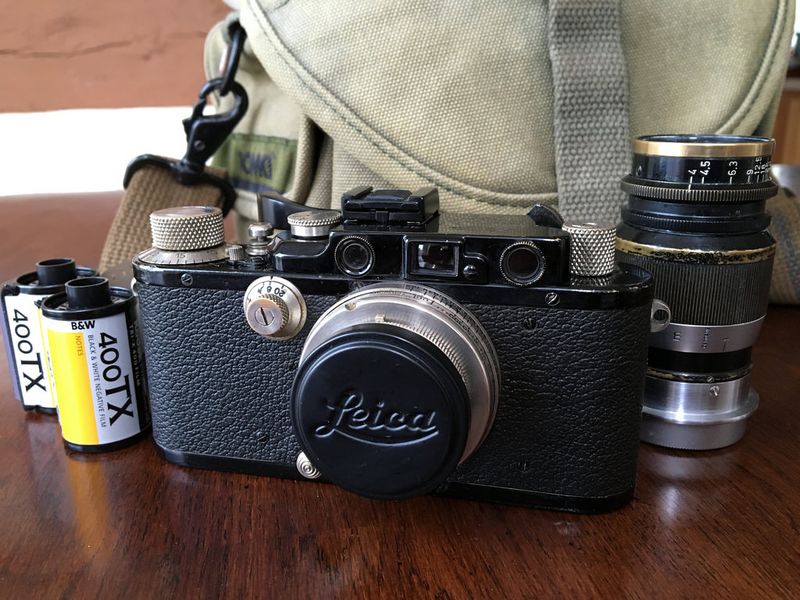
In the 1930s, color film emerged amidst the somber backdrop of the Great Depression, presenting a paradox of vibrancy in a world turned gray.
Cameras captured not only the challenges but also the enduring resilience of people. It was as if society yearned for color during hard times, and films became a canvas.
Photographs from this era reflected a blend of hardship and hope, documenting the indomitable human spirit. The camera was a storytelling device, narrating tales of survival and aspiration.
4. 1940s: War and Photojournalism
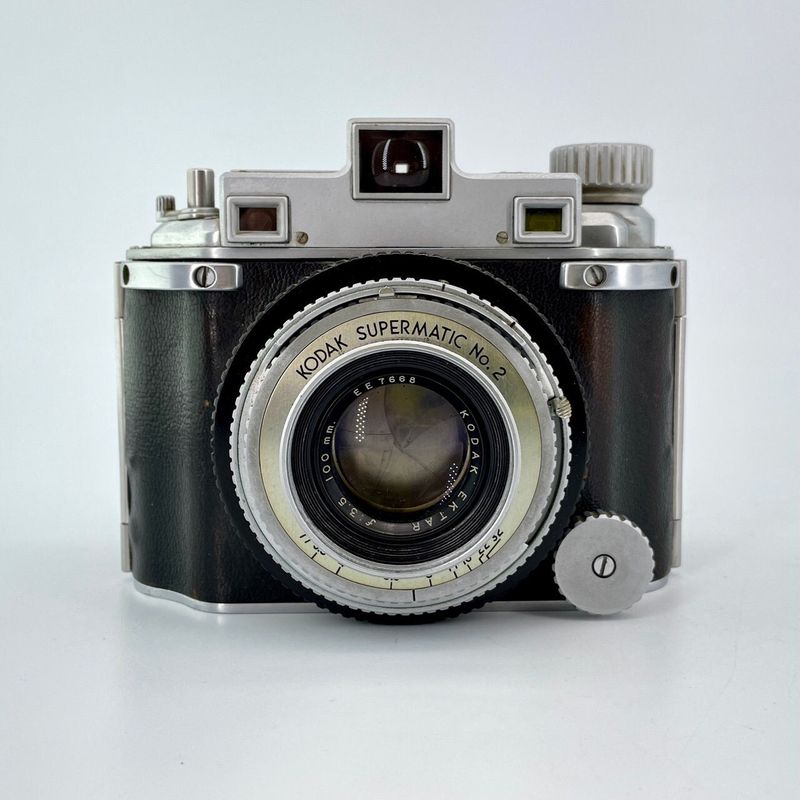
The 1940s saw cameras become as essential as helmets on battlefields. With World War II in full swing, photojournalism took center stage, bringing gritty realities home to civilians.
Cameras were instruments of truth, capturing images that spoke louder than words. This era saw the power of photography in shaping public opinion and informing the masses.
Pictures from the front lines became windows into war, emphasizing a society increasingly reliant on visual storytelling. It was a time when the camera became mightier than the pen.
5. 1950s: Instant Photography and the Suburbia
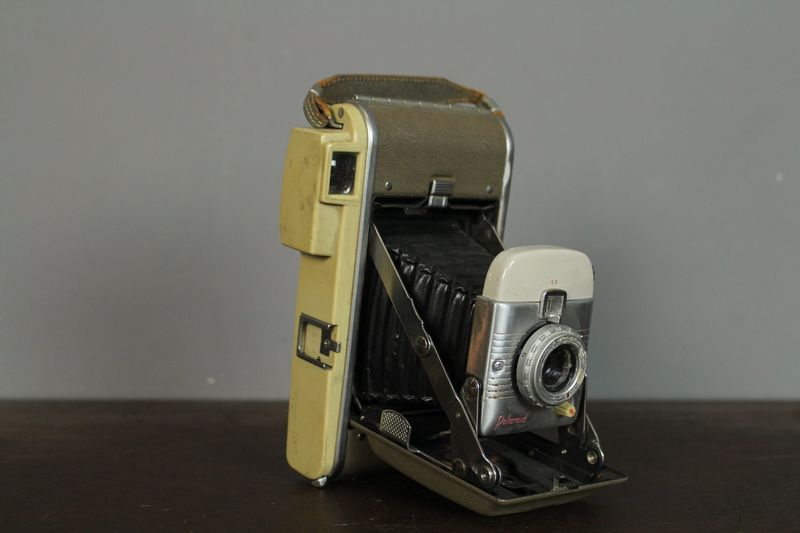
The 1950s introduced instant photography, a phenomenon as instant as a TV dinner. Polaroids were the new craze, bringing spontaneity and fun to suburban life.
As society moved to the suburbs, cameras captured the American dream in real-time. Family picnics, backyard barbecues, and cookie-cutter homes were immortalized in crisp, instant prints.
The ease of Polaroids mirrored a culture that valued speed and convenience, celebrating the here and now. It was a snapshot of an era where patience was not just a virtue but a choice.
6. 1960s: SLRs and the Rebel Generation
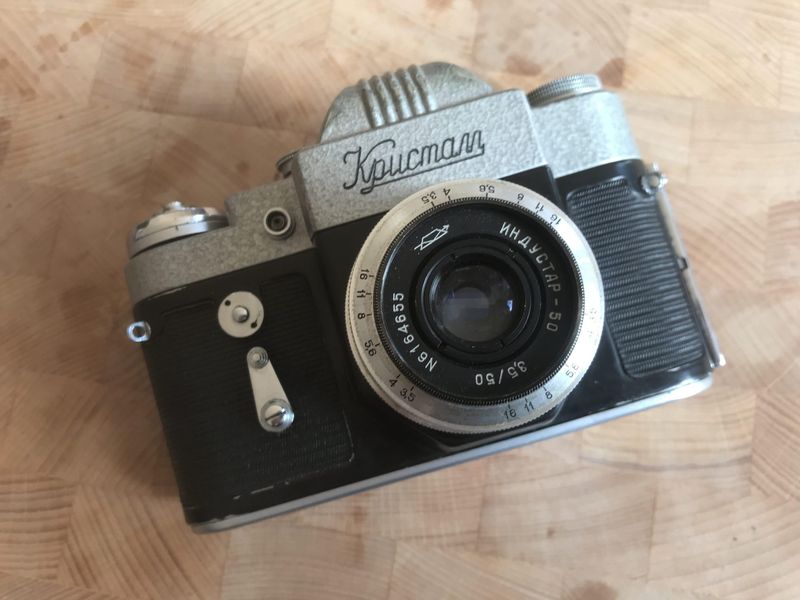
Ah, the 60s, an era of rebellion and SLR cameras! Single-Lens Reflex cameras became the tool of choice for a generation challenging norms and capturing change.
The cultural revolution was in full swing, and SLRs were there to document it all. From protests to peace rallies, these cameras were as much a part of the movement as the people themselves.
They provided clarity and focus, much like the societal shifts they captured. It was a decade where lens and youth aligned, creating timeless images.
7. 1970s: Point-and-Shoot and Pop Culture
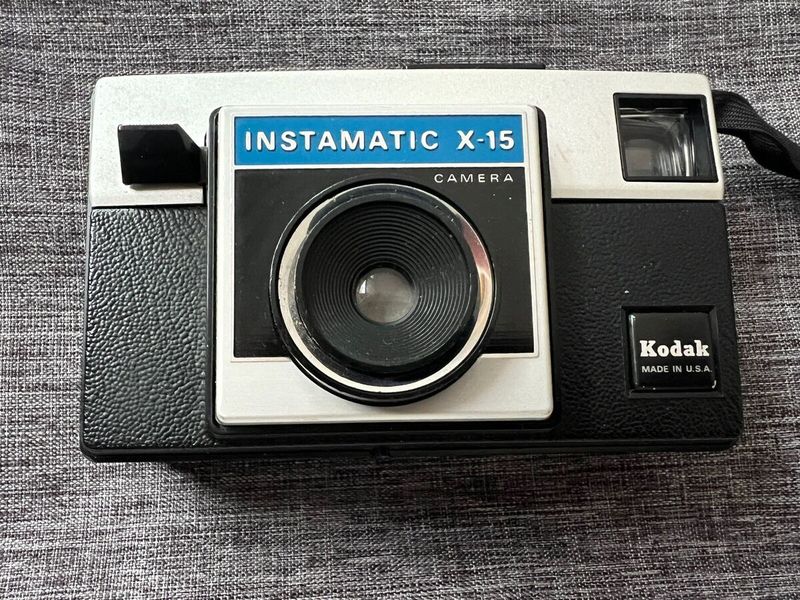
Enter the 70s, glittering with disco balls and point-and-shoot cameras! As pop culture exploded, cameras evolved to fit the vibe.
These easy-to-use gadgets were perfect for capturing the glitz and glam of the decade. Society was all about instant gratification, and point-and-shoot cameras delivered.
They were the life of the party, snapping everything from dance floor antics to candid moments. This era saw cameras becoming an extension of personal expression, reflecting a culture obsessed with image and immediacy.
8. 1980s: The Camcorder Craze
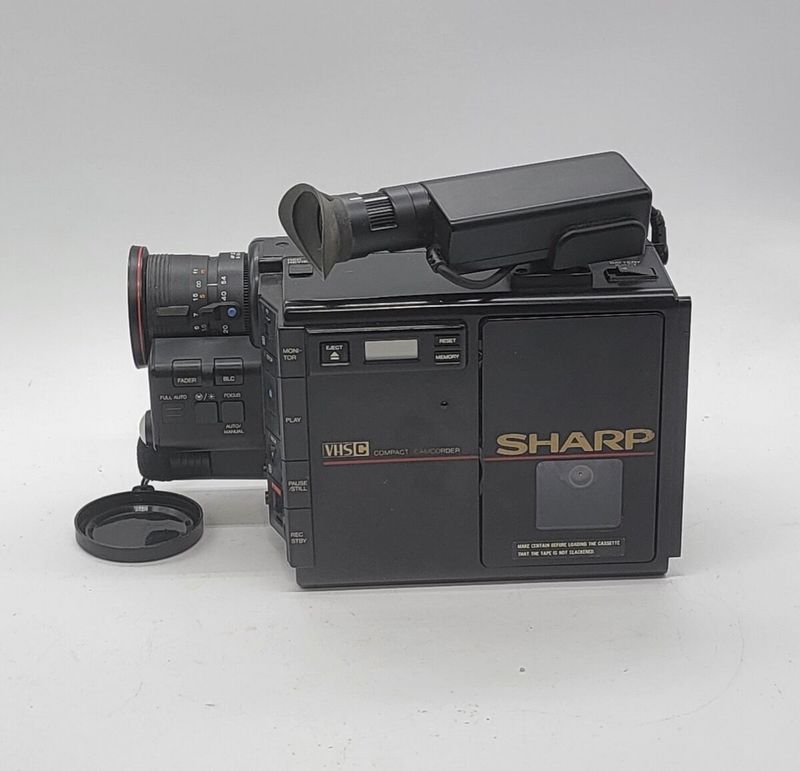
The 1980s saw the rise of camcorders, as big as a boombox and twice as noisy! Families embraced this new trend, turning living rooms into mini studios.
As society moved towards a video-centric media landscape, camcorders captured birthdays, weddings, and everything in between.
They brought a new dimension to storytelling, allowing for motion and emotion. Camcorders mirrored a culture growing increasingly fascinated by the moving picture, and family memories were no longer just stills—they were live, unedited broadcasts.
9. 1990s: Digital Beginnings and Globalization
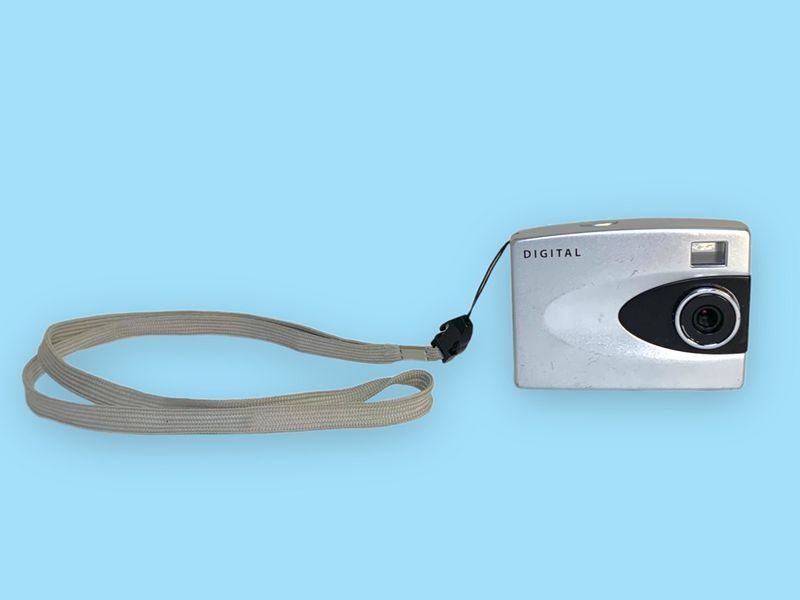
The 1990s heralded the digital age, with cameras as blocky as the era’s computers. Digital cameras entered the scene, aligning with a culture stepping into globalization and the internet boom.
These cameras offered a new level of convenience, capturing images that could be shared instantly across the globe.
The decade marked a shift towards a connected world, where photos were no longer bound by physical prints. Cameras became tools for global storytelling, reflecting a society eager to embrace the digital frontier.
10. 2000s: Smartphones and Social Media
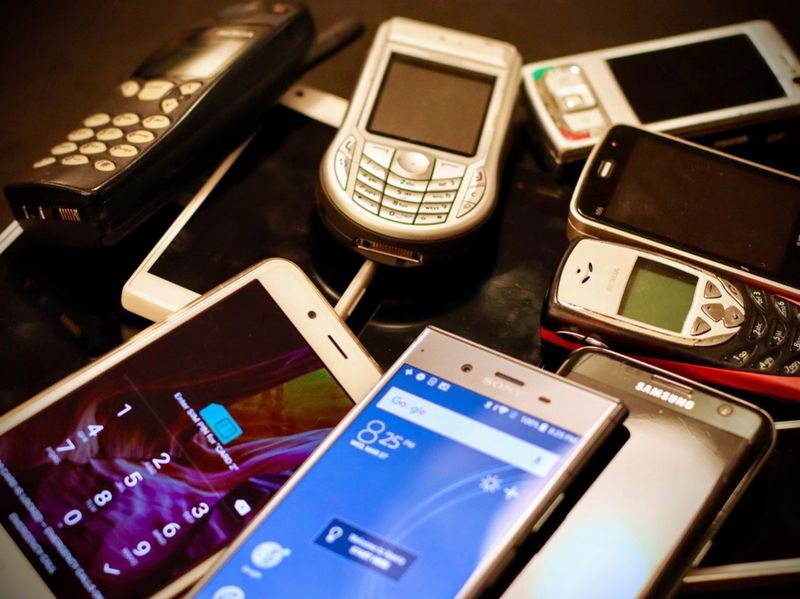
Although outside our timeline, mentioning the 2000s is irresistible! Cameras shrank into smartphones, transforming the way we capture life.
Social media platforms emerged, and cameras were in everyone’s pocket, ready to snap and share. This evolution mirrored a society thriving on connectivity and instant communication.
Photos became a universal language, exchanged at lightning speed. Smartphones revolutionized not just photography but global interaction, symbolizing an era where everyone became a photographer.
It was a time when life was captured not just in frames, but in real-time stories.
